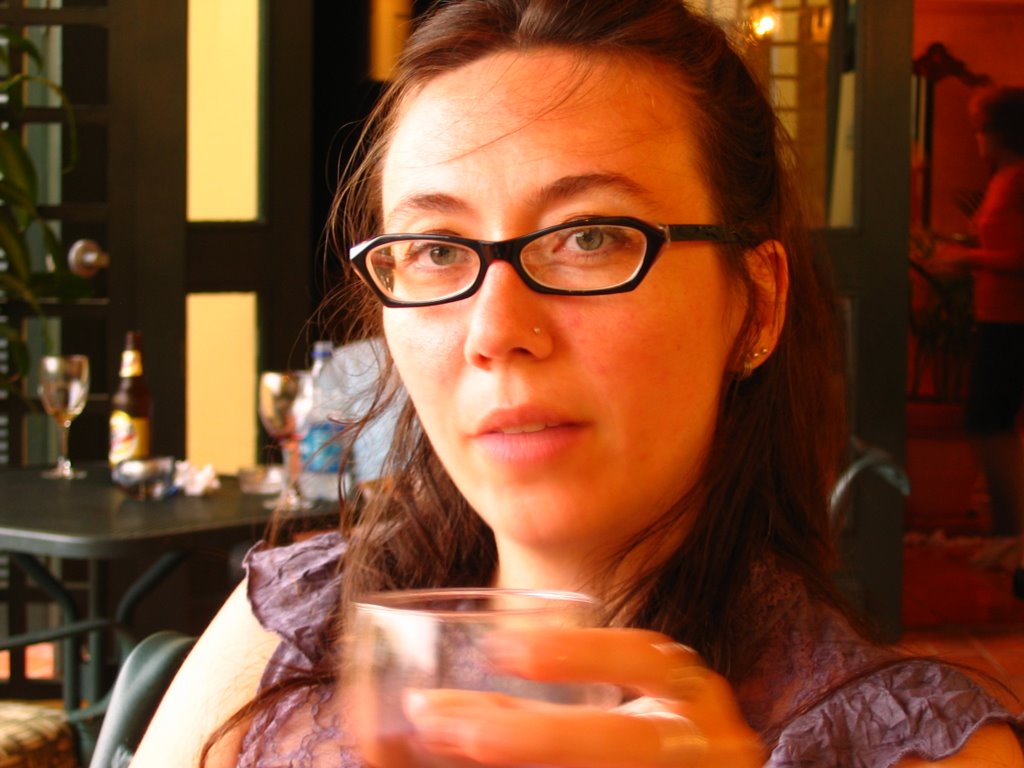1. T, Aug 28 - Course Introduction.
2. R, Aug 30 - The Changing Media. Chapter 1.
3. T, Sept 04 - Media and Society. Chapter 2. (Journal 1.)
4. R, Sept 06 - Print Media I: Books and Magazines. Chapter 3.
5. T, Sept 11 - Print Media II: Newspapers. Chapter 4. (Journal 2.)
6. R, Sept 13 -
NO CLASS – COLLEGE CLOSED.7. T, Sept 18 -
NO CLASS – FOLLOW FRIDAY SCHEDULE.8. R, Sept 20 - Writing Workshop I. ➢
Essay one due.9. T, Sept 25 - Sound Media I: Recorded Music. Chapter 5. (Journal 3.)
10. R, Sept 27 - Sound Media II: Radio. Chapter 6. (Journal 4.)
11. T, Oct 02 -
No Class – Meet for Pecha Kucha assignments.
12. R, Oct 04 -
Introduction to Pecha Kucha.13. T, Oct 09 - Visual Media I: Film and Video. Chapter 7. (Journal 5.)
14. R, Oct 11 - Visual Media II: Television Chapter 8. (Journal 6.)
15. T, Oct 16 -
No Class – MTR field trip (Thursday).
16. R, Oct 18 -
Field Trip: Museum of Television and Radio.17. T, Oct 23 - Writing Workshop II. ➢
Essay two due.18. R, Oct 25 -
MIDTERM EXAM19. T, Oct 30 -
Screening: Videodrome (1983) by David Cronenberg.
20. R, Nov 01
- No Class –
Videodrome screening (Tuesday).
21. T, Nov 06 - Writing Workshop III. ➢
Essay three proposal due. (Journal 7.)
22. R, Nov 08 - New Media: Internet. Chapter 9. (Journal 8.)
23. T, Nov 13 - Multimedia: Public Relations and Advertising. Chapters 10 and 11. (Journal 9.)
➢
Essay three outline and sample bibliography due.24. R, Nov 15 - Media Uses and Effects. Chapter 13. (Journal 10.)
25. T, Nov 20 -
No Class – Work on Pecha Kucha assignments.
26. R, Nov 22 -
NO CLASS. Thanksgiving Break.27. T, Nov 27 - Media Ethics. Chapter 15. ➢
Essay three drafts due.28. R, Nov 29 -
No Class – Complete Pecha Kucha assignments.
29. T, Dec 04 -
Final Review. ➢
Final drafts of essay one and two due.30. R, Dec 06 -
PECHA KUCHA presentations. 31. T, Dec 11 -
Party!!! Screening: tba. ➢
Essay three due.32. T, Dec 18 -
FINAL EXAM




















